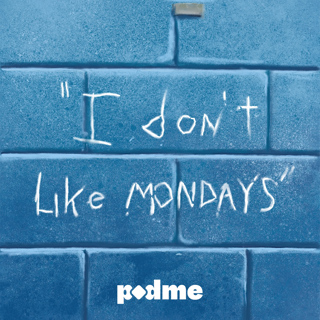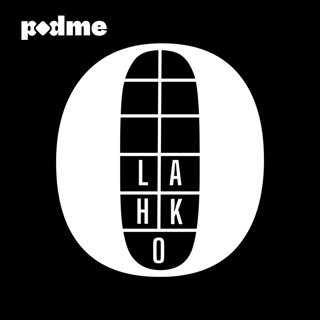
How I Survived a Fire on a Plane
Ricardo Trajano was the only passenger to survive a fire on a plane in 1973. His flight from Brazil was forced to make an emergency landing outside Paris, and 123 people died. But, as he's been telling Thomas Pappon, he stayed alive by ignoring all the official safety advice.Photo: Ricardo Trajano as a young man. Copyright: Ricardo Trajano.
13 Syys 20188min

The Killing of Steve Biko
On September 12th 1977 the anti-Apartheid activist and leader of the Black Consciousness Movement in South Africa died from injuries sustained while in police custody. The South African police claimed that Steve Biko had gone on hunger strike and had starved himself to death. Farhana Haider has been speaking to Peter Jones, a fellow anti-Apartheid activist, who was arrested alongside Biko a few weeks before his brutal death.Photo: Steve Biko Inquest, November 1977 (Credit: Alamy)
12 Syys 20189min

Appeasement
In September 1938 Britain's Prime Minister Neville Chamberlain flew back and forth to Germany to negotiate with Adolf Hitler. He hoped to guarantee "peace for our time". He agreed that Germany could take over the Sudetenland in western Czechoslovakia, as part of a policy known as appeasement.Photo: The Prime Minister meets the press on his return from his first trip to Germany on September 16th 1938. Copyright: BBC.
11 Syys 20189min

The Ship that Dumped America's Waste
In 1988 a ship named 'Khian Sea' dumped 4,000 tons of incinerated ash close to the beach in the town of Gonaives, in northern Haiti. The ash had originally come from the city of Philadelphia, and had been aboard the Khian Sea for more than a year, while it searched for a country that would accept it. Mike Lanchin has been speaking to Kenny Bruno, a Greenpeace campaigner who tracked the ship as it sailed across the oceans with its cargo of waste. He recalls the battle to get the ash sent back to the US.Photo: Campaigner Kenny Bruno photographed in front of the ash pile in Gonaives, Haiti (1988, Greenpeace)
10 Syys 20189min

WWI: The Hundred Days Offensive
First-hand accounts of the Allied offensive which finally brought the war to an end. The offensive took place on the Western Front in the summer and autumn of 1918. After years of trench warfare, Allied forces managed to break through and force the German army into full retreat. In November 1918, Germany was forced to sign an armistice to end the war. But the human cost of those final battles was immense. The Allies and the German army suffered more than one million casualties each, Using BBC archive recordings of veterans, Alex Last tells the story of the final 100 Days Offensive. Photo: A British tank rolls through devastated Bapaume, which was shelled during the Hundred Days Offensive in 1918. (Hulton-Deutsch Collection/CORBIS/Corbis via Getty Images)
7 Syys 201810min

From Leningrad to St Petersburg
In 1991 as the communist system was collapsing, in a hugely symbolic act, Leningrad voted to drop Lenin's name abandoning its revolutionary heritage and returning to its historic name of St Petersburg. Dina Newman speaks to Ludmilla Narusova, wife of the first St Petersburg mayor, Anatoli Sobchak, who campaigned for the change. Photo: Communist campaigners demonstrate against the name change in Leningrad in 1991. Credit: Sobchak Foundation.
6 Syys 20188min

Living Under Gaddafi
In September 1969, a military coup in Libya brought Muammar Gaddafi to power. Louise Hidalgo has been speaking to award-winning writer Hisham Matar about life in Libya in the first decade of Gaddafi's rule, his family’s flight from Libya and how his father, Jaballa Matar, became one of Gaddafi's most prominent opponents in exile and paid the ultimate price.Picture: Colonel Muammar Gaddafi in Tripoli on September 27th 1969, shortly after the bloodless coup that brought him to power (Credit: AFP FILES/AFP/Getty Images)
5 Syys 201810min

The Battle for Brick Lane
In 1978 the racist murder of a young Bangladeshi textile worker in east London galvanised an immigrant community. Farhana Haider has been speaking to Rafique Ullah who took part in the protests and community action that followed the death of Altab Ali. (Photo: Anti-racist protest in east London 1978. Credit: Altab Ali Foundation)
4 Syys 20189min





















